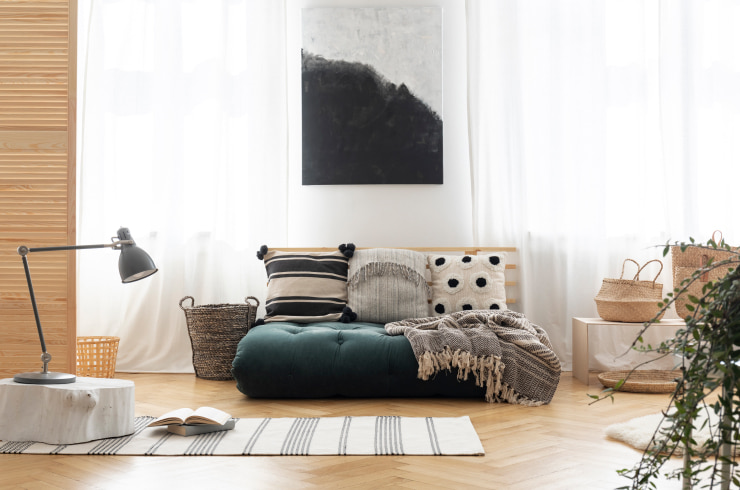What Is Wabi-Sabi?
While the ways to interpret the term vary, the approach itself is based on the idea of living a simpler life, finding balance and appreciating the beauty of every natural cycle, withering being one of them. The aesthetic of wabi-sabi has grown from the philosophy of the Japanese tea ceremony in the 15th century, the core idea of which revolved around the ceremony in particular and the peace and appreciation of pleasant company and substantial conversation rather than the beauty of the cups used in the ceremony.
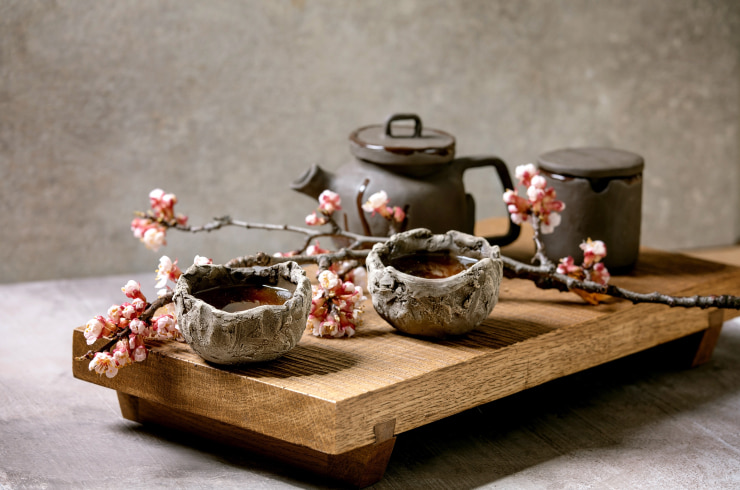
Andrew Juniper, the author of Wabi Sabi: The Japanese Art of Impermanence—Understanding the Zen Philosophy of Beauty in Simplicity, described a wabi-sabi object as something that makes you feel melancholic and spiritually craving, feeling really aware of how transient life really is. This appealing world view stands on the overall idea that nothing is permanent or perfect, and nothing is really ever complete. These principles reflect the wabi-sabi interior design aspect.
Wabi-Sabi and Home Interior Design
Although wabi-sabi is a solid lifestyle philosophy, you don't have to dive deep into the concept to appreciate it. Implementing the main principles of this intriguing world view in your interior design doesn't have to be challenging. On the contrary, this might simplify your life, ease the cleansing process and bring more balance and peace into your routine by turning even the simplest things like making a cup of coffee, reading or listening to music into a memorable moment.
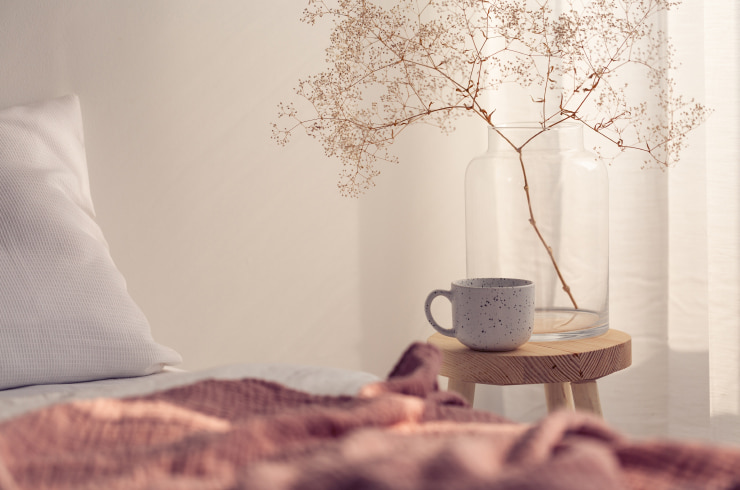
Go Minimalistic
One of the fundamentals of this philosophy can be described as making do with less, so the first thing you should consider is decluttering. Even though a wabi-sabi home is not compulsively clean, it is neat and in no way shabby. Keep it simple and minimalistic, and accentuate people living in your home doing their everyday things rather than highlighting technologies. Keep reducing the number of items until you are left with only ones of necessity and beauty, resonating with the voice of your own spirit. The role of a home is really crucial, especially these days, so it shouldn't add to your list of things to be stressed out about.
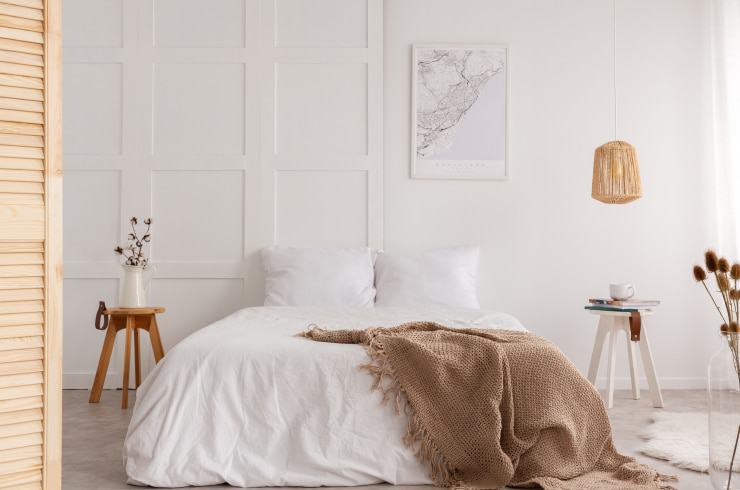
Charming Natural Effect
Complement your interior with lots of natural elements. To add to the warmth and comfort, consider using materials that are very close to their natural state, like untreated wood and stone or even straw.
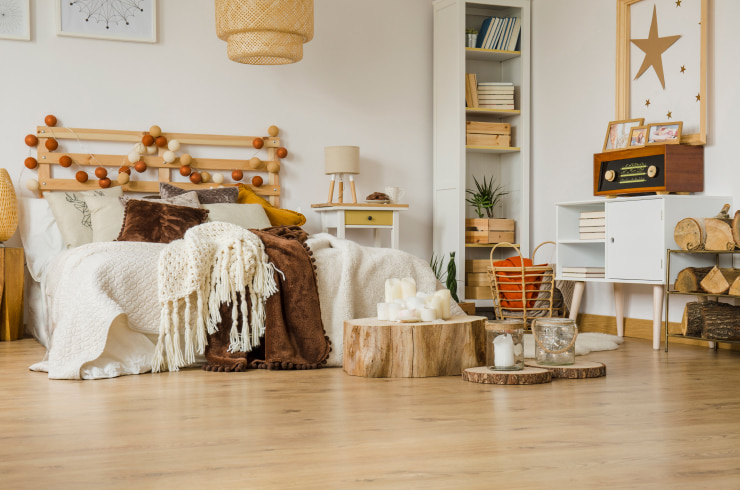
Natural fabrics like linen and cotton are pleasant to the touch, so don't overlook them when choosing tablecloths, rugs and blankets.
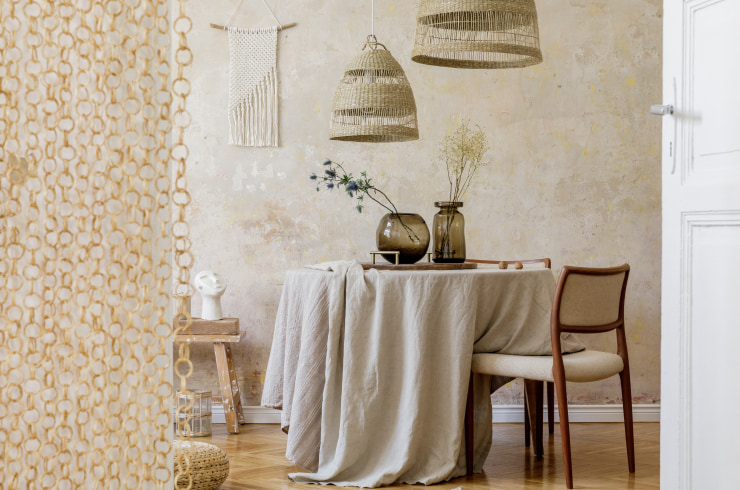
What Colors Should You Choose?
The wabi-sabi aesthetic has nothing to do with bright screaming beauty. Being based on a calm and soft color palette, wabi-sabi highlights natural charm and grace. It makes your home a perfect place to relax and rest your eyes when looking at the muted colors of your interior. Turn to nature to find the palette you are looking for: soft browns, green, cream and gray colors, together with snow white, create a harmonious and calming atmosphere.
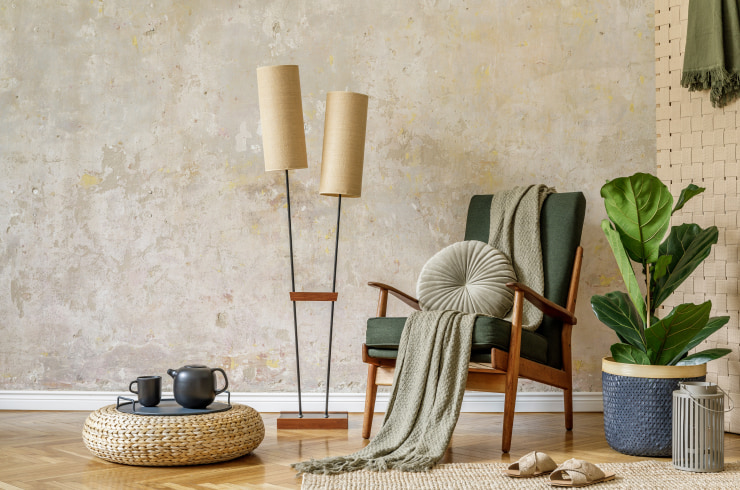
Shedding the Light
Wabi-sabi welcomes warm natural light, and, if it happens to be cloudy, consider adding some hanging lights or floor lamps to your interior to give it a softer and cozier touch.
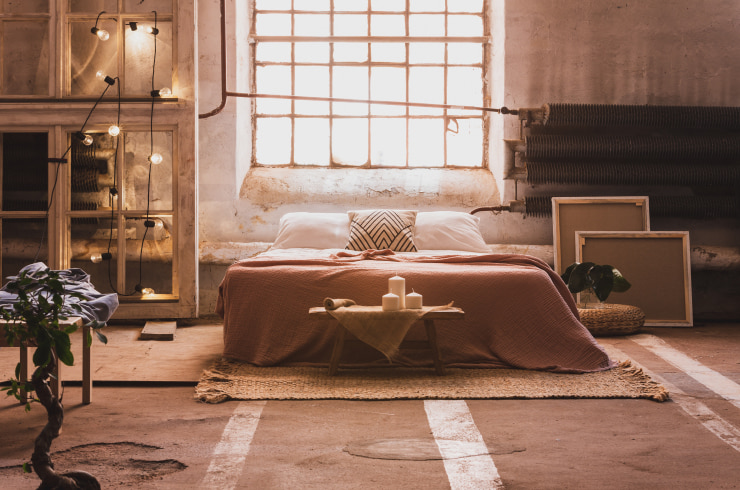
Bring the Nature In
Wabi-sabi embraces the idea of including some greenery into your interior, be it an indoor tree on your balcony, a small houseplant on a windowsill, a single twig of blooming sakura or a bonsai tree.
By adding a bouquet of flowers in a vase, you will implement one of the grounding rules of this philosophy, which states that nothing lasts forever.
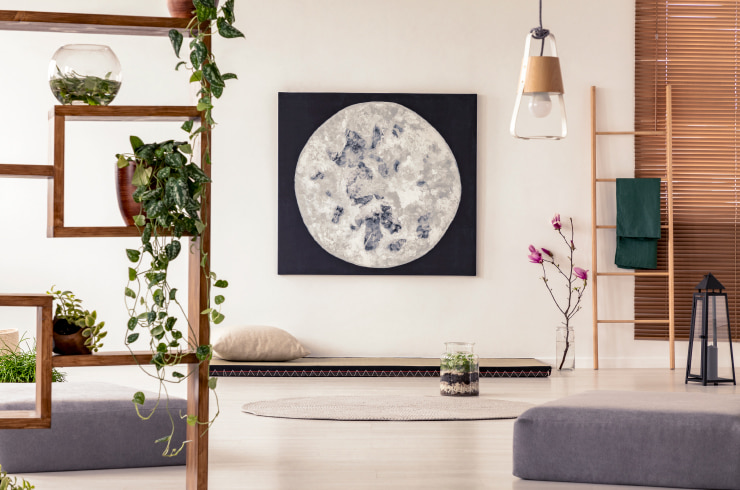
Make It Authentic
Wabi-sabi adheres to the idea of a home showing that it's being lived in, so don't worry about an ideal way of arranging perfectly shiny and new decorative objects. If you own something that is not new, but is incredibly precious to your heart, like an old armchair your grandmother used to sit in and read fairy tales to you, don't hesitate to integrate it into your wabi-sabi interior. Got an old jug you haven't used for ages? Turn it into a vase: give new life to the items you no longer use as originally intended.
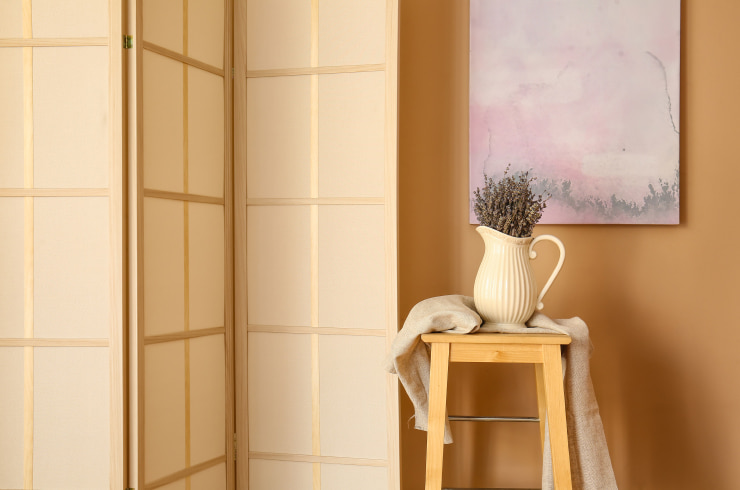
Wabi-sabi teaches that age and the resulting damage that it brings should be respected and cherished instead of being ashamed of. If you own an old broken cup, don't rush to toss it away. Try repairing it by following the famous kintsugi method, covering the fractures on a previously broken pottery with silver or gold seams to highlight them.
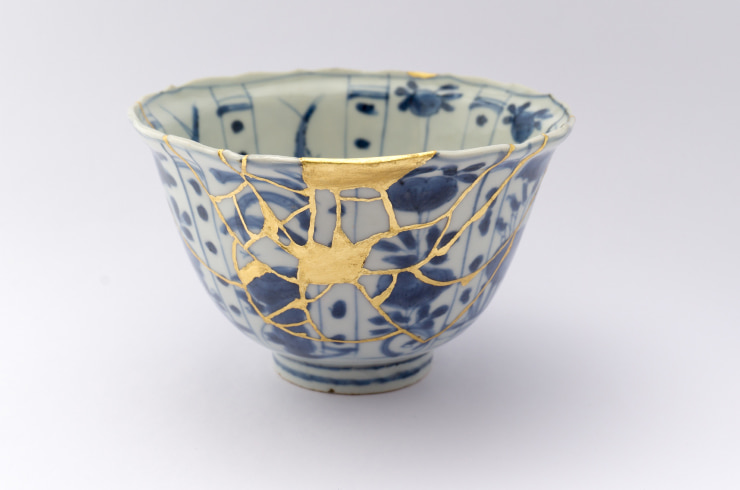
The aesthetics of this engaging world view can influence your life in different ways. A simple adjustment of the style of your home in a wabi-sabi manner might bring a little more harmony, balance and awareness to your routine.
